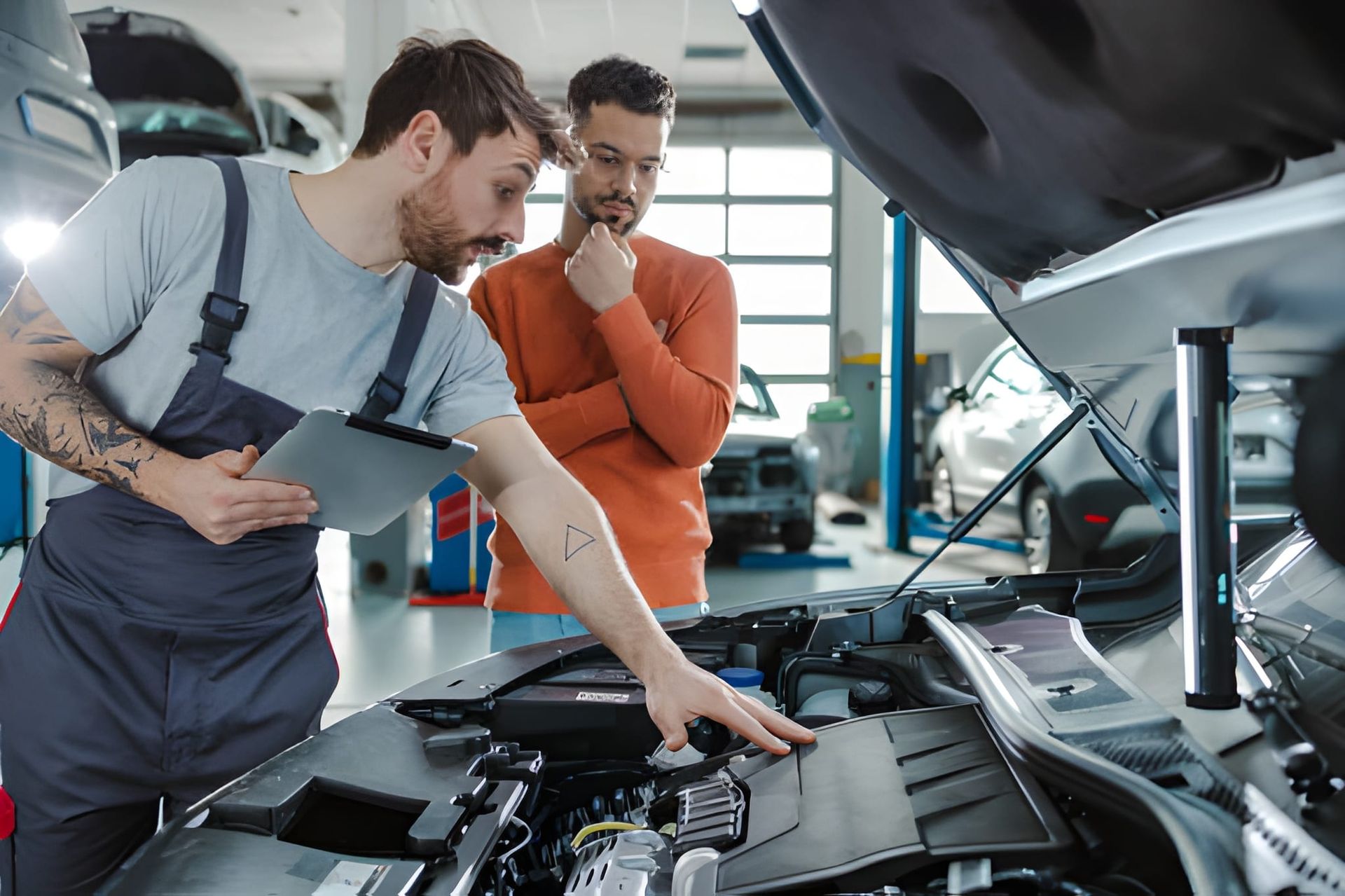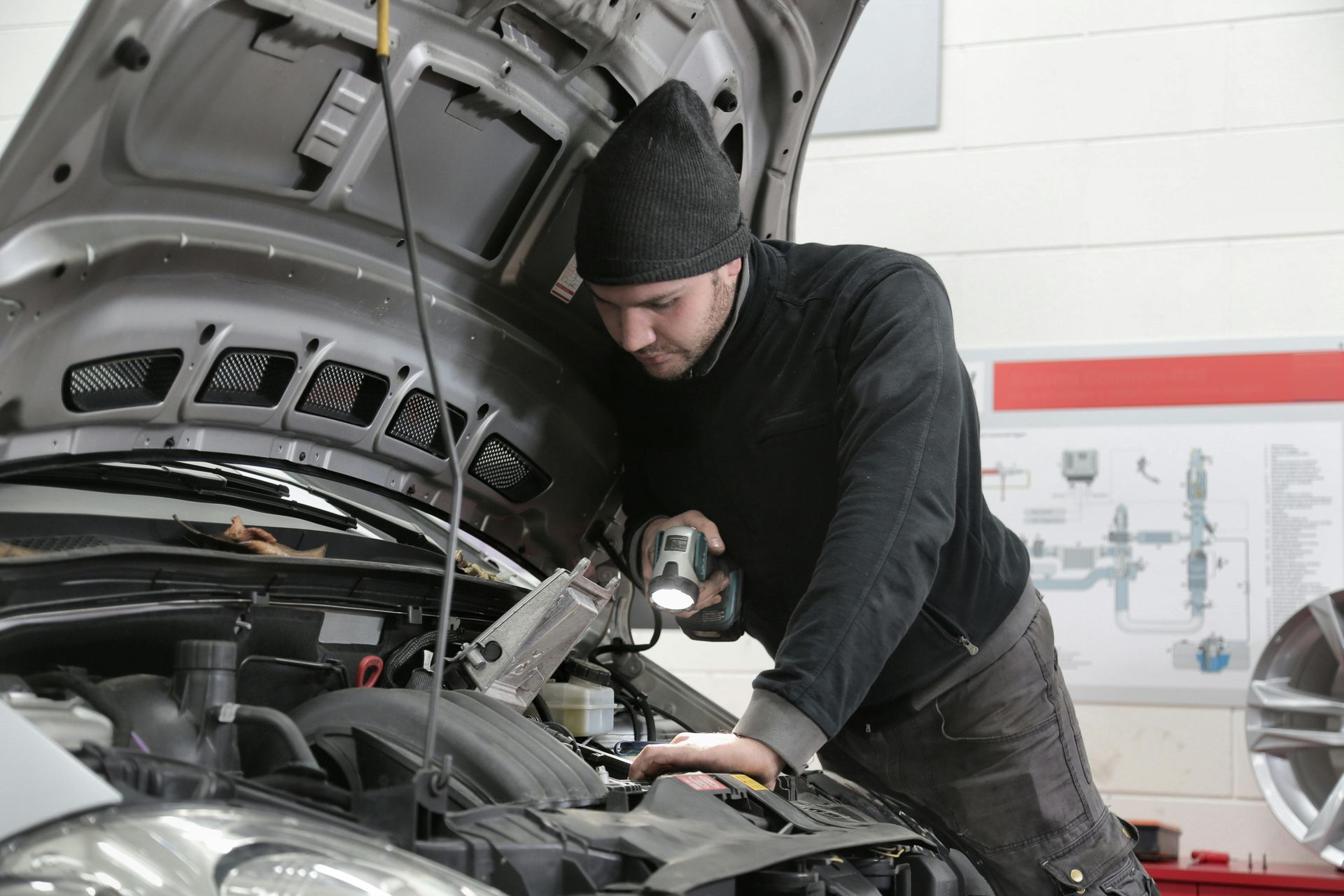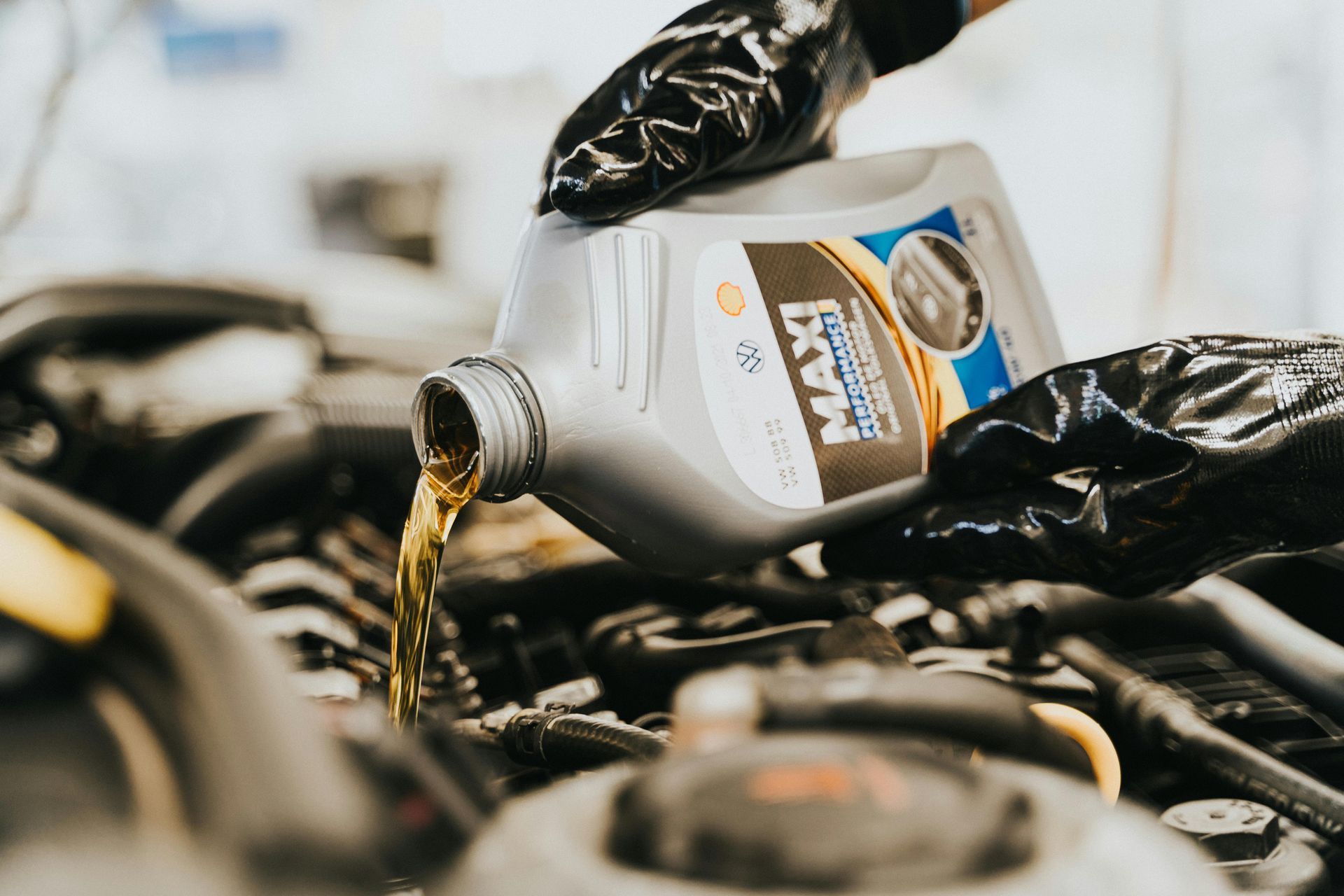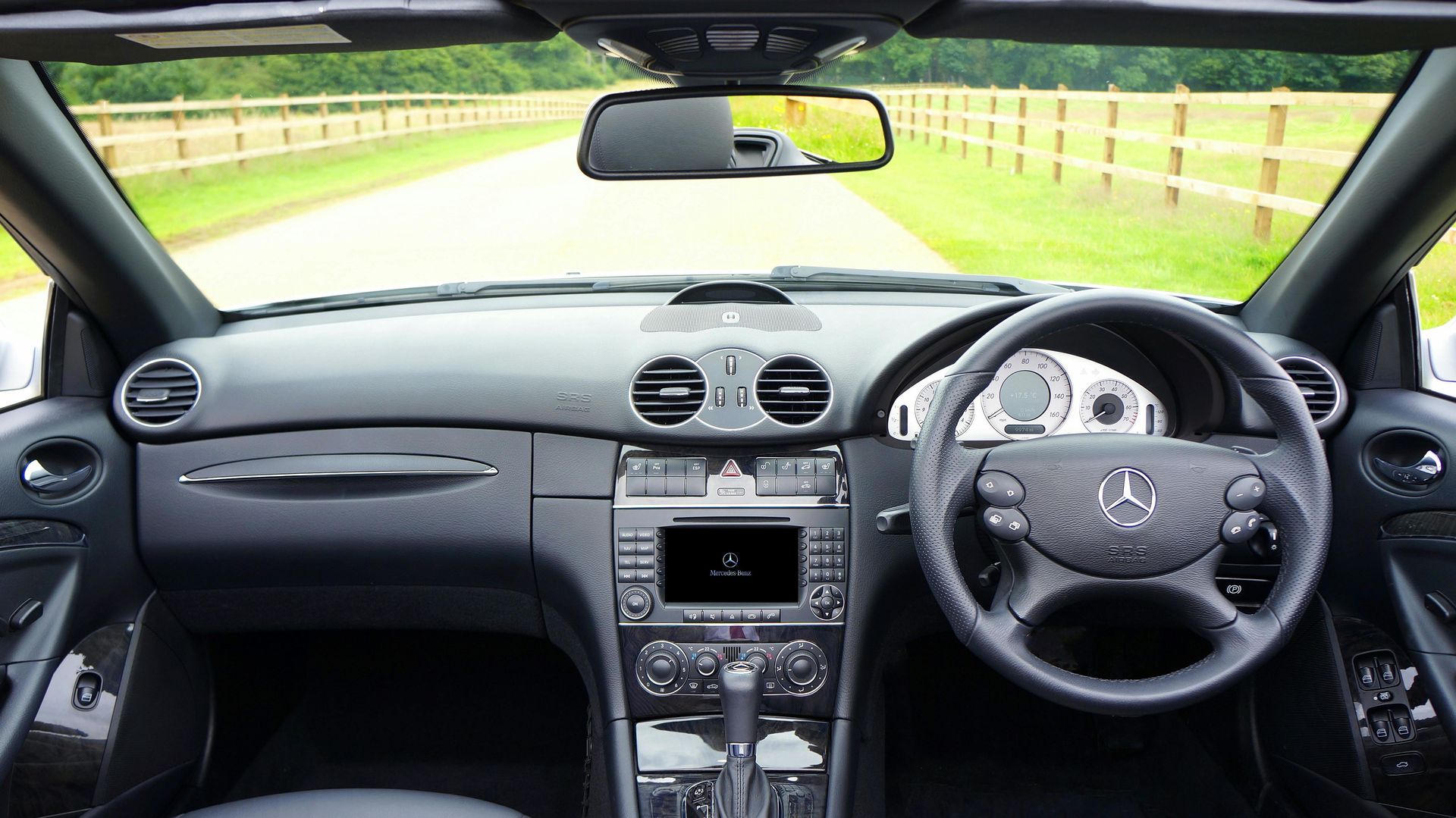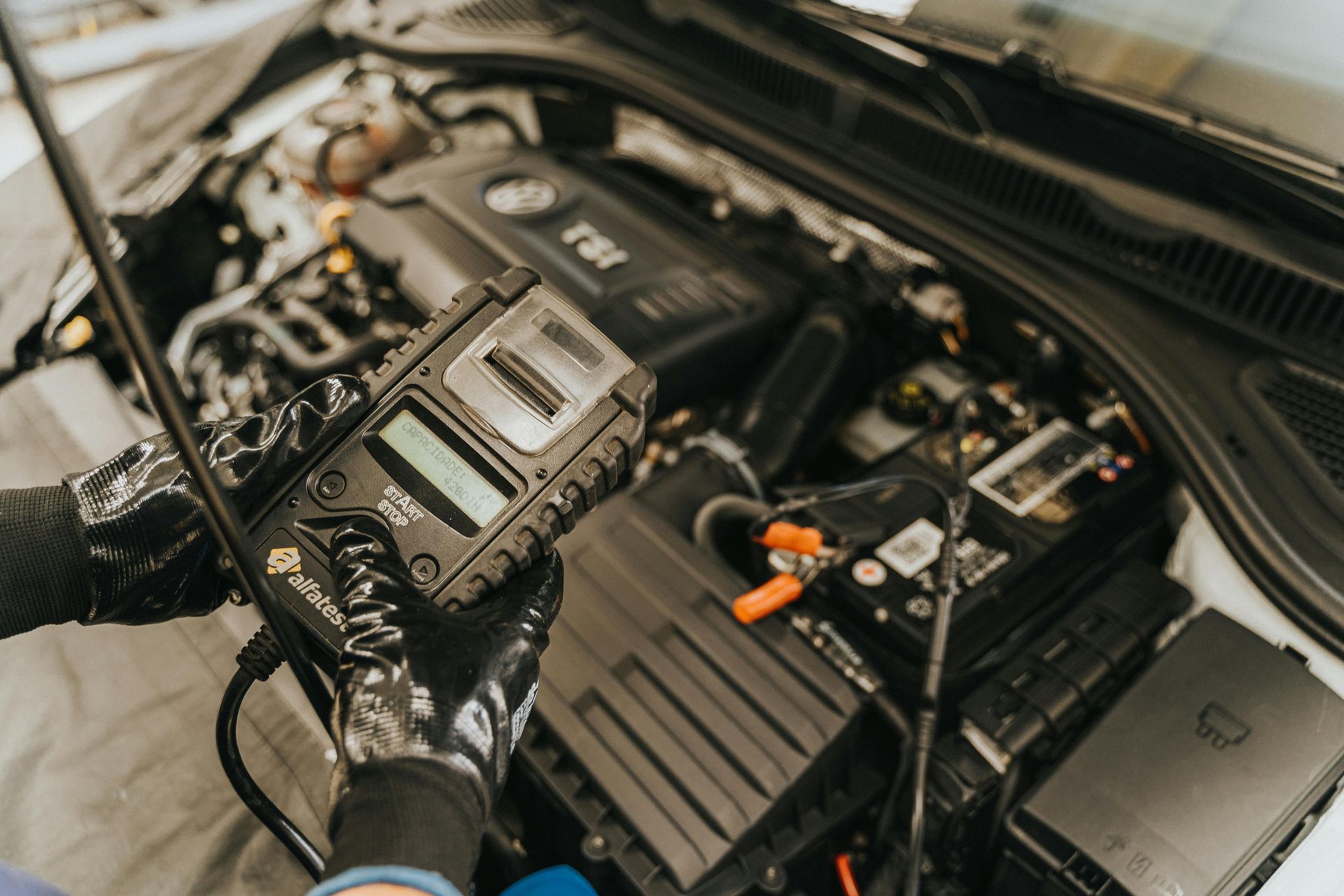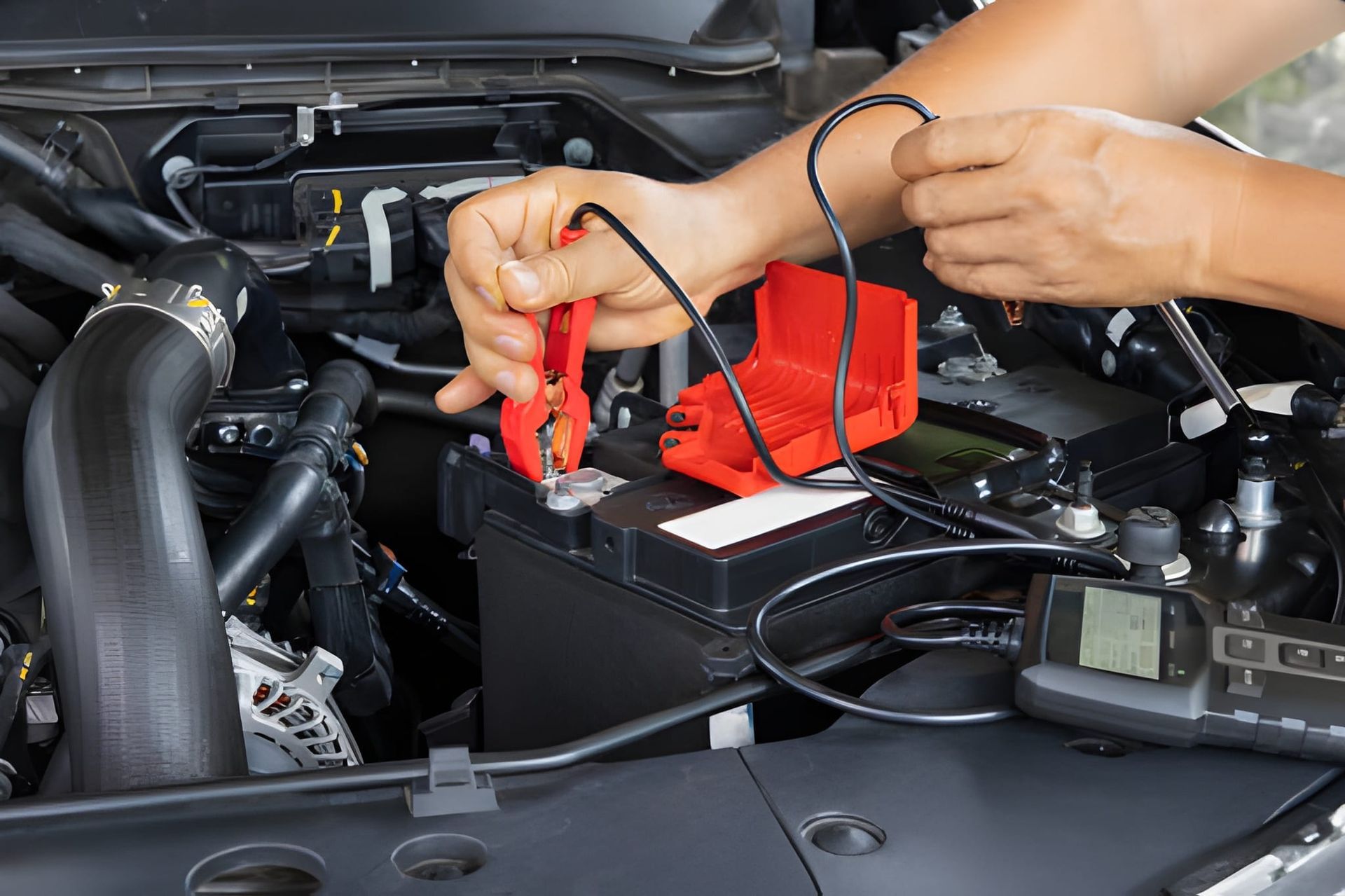Fabric vs. Leather Car Interiors: Which One Fits Your Lifestyle?
When it comes to choosing a car interior, the debate often comes down to fabric versus leather.
Fabric and leather both offer unique benefits, but understanding what works best for your needs can help you make the right decision. At Dana Meyer Auto Care, we’ve seen how interior choices impact comfort, maintenance, and value. In this blog, we’ll break down the differences to help you determine which interior fits your lifestyle.
Fabric Interiors: Comfort and Practicality
Fabric interiors are a popular choice for many car owners thanks to their affordability, comfort, and durability.
Pros:
- Comfortable in All Weather: Fabric seats stay cooler in the summer and warmer in the winter, making them ideal for extreme climates.
- Affordable: Cars with fabric interiors often come at a lower price point compared to leather.
- Durable: High-quality fabrics resist wear and tear and are less likely to show scratches or scuffs.
- Low Maintenance: Regular vacuuming and spot-cleaning are usually enough to keep fabric seats looking good.
Cons:
- Stains: Fabric is more prone to absorbing spills and odors, which can make cleaning more challenging.
- Less Luxurious: While functional, fabric interiors may lack the upscale feel of leather.
Best For: Families, pet owners, or anyone who needs a practical, budget-friendly interior that can handle everyday use.
Leather Interiors: Luxury and Elegance
Leather interiors are often associated with premium vehicles, offering a sleek and upscale aesthetic.
Pros:
- Luxurious Look and Feel: Leather seats exude sophistication, adding value and elegance to your vehicle.
- Easy to Clean: Spills and dirt can usually be wiped away without much effort.
- Durable Over Time: Leather ages gracefully, often developing a rich patina that enhances its appearance.
- Resale Value: Vehicles with leather interiors tend to have higher resale values.
Cons:
- Temperature Sensitivity: Leather can get uncomfortably hot in the summer and cold in the winter without proper seat warmers or ventilation.
- Higher Cost: Leather interiors come at a premium price, both initially and for repairs or replacements.
- Maintenance: Leather requires conditioning to prevent cracking or fading over time.
Best For: Luxury car enthusiasts, professionals, or anyone looking for a stylish interior that makes a statement.
How to Choose the Right Interior for Your Lifestyle
When deciding between fabric and leather, consider these key factors:
- Budget: Fabric interiors are more affordable upfront and easier to maintain on a budget. Leather, while pricier, adds value and a premium feel.
- Lifestyle: Do you have kids or pets? Fabric may be more forgiving for spills and scratches. Do you prefer a sleek, high-end look? Leather is the way to go.
- Climate: If you live in an area with extreme temperatures, fabric might provide more comfort year-round. Leather is better suited for moderate climates or vehicles with climate-controlled seating.
- Maintenance Commitment: Leather requires regular conditioning to maintain its look, while fabric is low-maintenance but harder to clean if stained.
Why Dana Meyer Auto Care Cares About Your Interior Choices
At Dana Meyer Auto Care, we know your car is more than just a way to get from point A to point B. Whether you choose fabric or leather, we’re here to help you maintain every aspect of your vehicle. From protecting your interior with preventative measures to ensuring the rest of your car is road-ready, our ASE-certified team in Albany, CA, is your partner in vehicle care.
Schedule Your Next Visit at Dana Meyer Auto Care
Have questions about caring for your car’s interior? Or need expert maintenance for your vehicle? Trust Dana Meyer Auto Care to help with all your automotive needs. Visit us at 660 San Pablo Ave, Albany, CA, call us at (510) 292-4900, or learn more and book online at https://www.danameyerautocare.com/.

